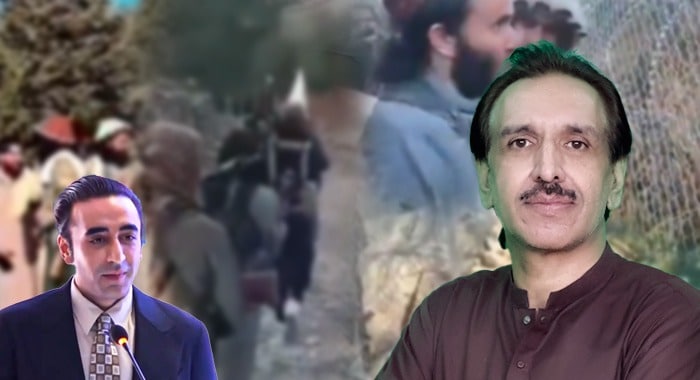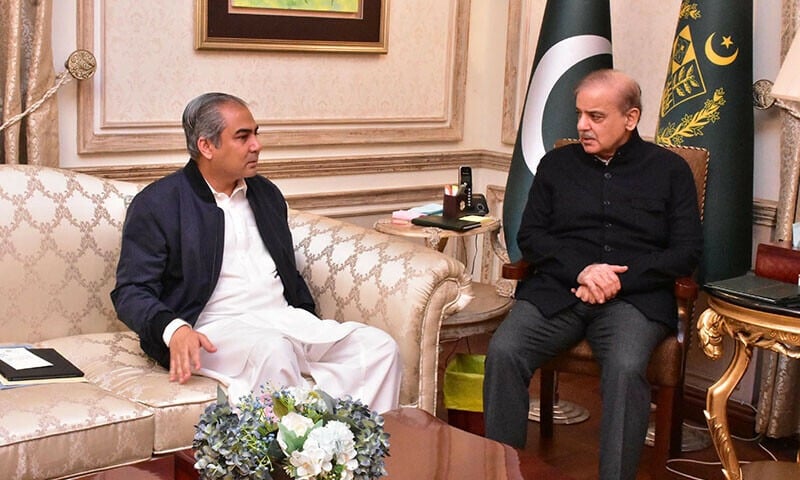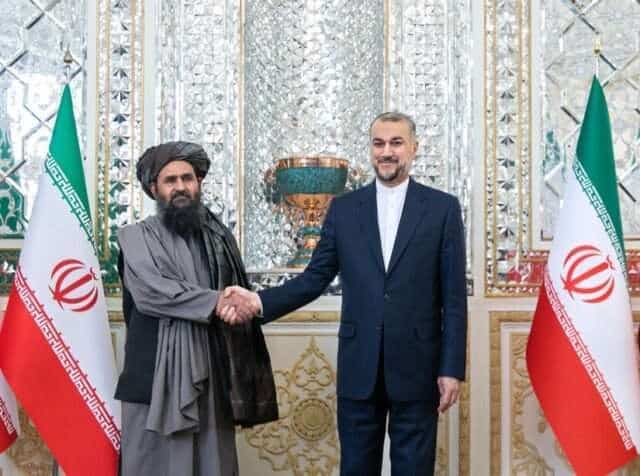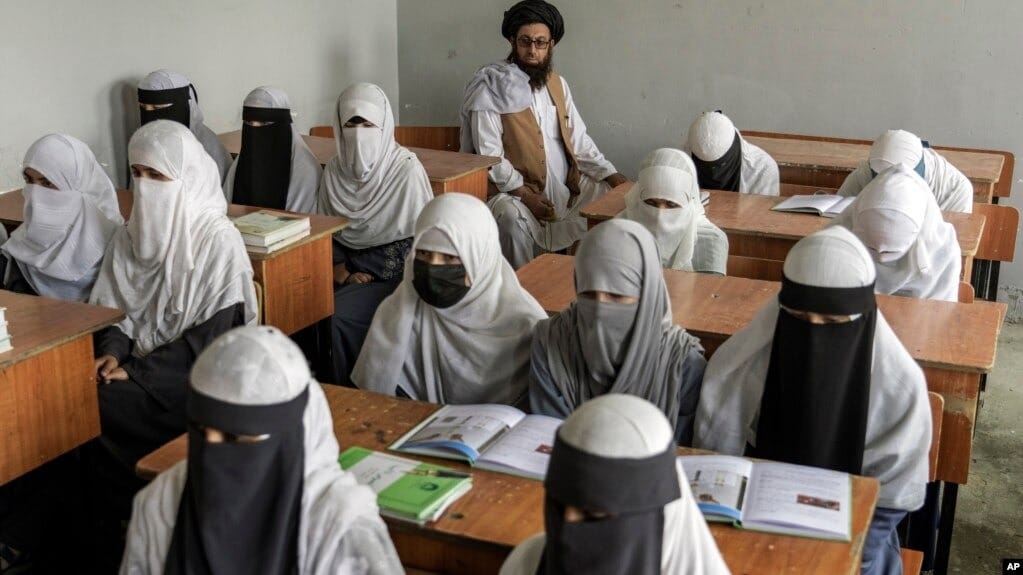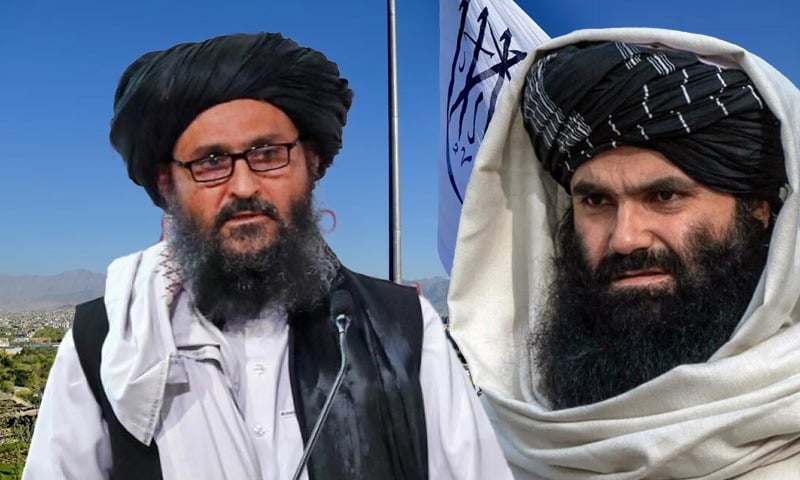Aqeel Yousafzai
As the Afghan soil continues to incubate a lethal cocktail of international terrorist organisations, the burden of regional instability is again falling squarely on Pakistan’s shoulders. The resurgence of Al-Qaeda, the Islamic State Khorasan Province (ISKP), Tehrik-e-Taliban Pakistan (TTP), the Turkestan Islamic Party (TIP), and other extremist factions in Afghanistan is not just a regional concern it is a ticking time bomb for global security. These groups have found a safe haven across the border, where their leadership operates freely, their camps train new recruits, and their sanctuaries remain untouched by the ruling regime in Kabul.
The data is alarming: over 200 terrorist incidents took place in Khyber Pakhtunkhwa in June alone, a grim spike that includes the recent car bomb attack in Bajaur targeting the Deputy Assistant Commissioner’s vehicle, killing four and injuring eleven. Days earlier, a similar blast struck security forces in North Waziristan. These attacks are neither spontaneous nor sporadic they are part of a sustained and coordinated campaign waged by TTP and its affiliated networks, including the Hafiz Gul Bahadur Group and the so-called Al-Harad faction.
This sudden escalation is no mystery. It follows key developments within Pakistan’s national security apparatus. After the martyrdom of thirteen soldiers in a suicide bombing in North Waziristan, Chief of Army Staff Field Marshal Asim Munir made an unannounced visit to Peshawar, issuing firm directives that militant facilitators — including so-called local volunteers will no longer be tolerated. The message was clear: the era of leniency is over.
Predictably, the terrorist groups responded to this pressure with intensified violence, hoping to deter imminent military operations. For the first time in recent years, the state appears resolute in dismantling the infrastructure of terror — both within and beyond its borders. This policy shift has also disrupted clandestine support lines previously maintained by regional actors, including India and Iran, further cornering these groups and driving them into desperation.
However, the threat does not stem from non-state actors alone. The Islamic Emirate of Afghanistan despite public denials has enabled the re-establishment of terrorist hubs in provinces such as Nuristan, Paktia, Nangarhar, and Khost. These regions, with historical ties to jihadist movements dating back to the 1980s, have once again become launchpads for cross-border terrorism. According to credible intelligence, factions within the Taliban particularly elements tied to the Haqqani Network are complicit in offering sanctuary, resources, and strategic depth to groups like the TTP.
It is important to note that a growing rift exists within the Taliban itself. While some voices within the regime reportedly oppose this policy of harboring foreign fighters, a powerful segment continues to facilitate these groups either for ideological alignment, geopolitical leverage, or internal bargaining power. This duplicity is now impossible to ignore.
Pakistan has responded through diplomatic channels, delivering explicit warnings to the Afghan government. Kabul has been told in no uncertain terms: if attacks from its territory continue, Pakistan will exercise its right to self-defence, including cross-border airstrikes. These are not hypothetical scenarios. During Bilawal Bhutto Zardari’s term as Foreign Minister, Pakistan had already identified six terrorist targets in Afghanistan, including within Kabul itself. Only last-minute political considerations prevented military action.
Those considerations may no longer apply.
The state’s strategic patience has been tested to its limits. With Afghanistan not honoring the commitments made during trilateral engagements in Beijing and recent regional dialogues involving Turkey, Iran, and China, the time for reassurances has passed. What remains is a simple choice for Kabul: dismantle these sanctuaries or face the consequences.
Domestically, Pakistan faces another formidable challenge: the complicity of local actors. In tribal regions such as Waziristan and Bajaur, segments of the population continue to provide safe passage, shelter, and resources to militants under the pretext of traditional hospitality. Let us be clear: the glorification of tribal customs cannot justify harbouring international fugitives. The reality is that local facilitators — whether driven by ideology, tribal loyalty, or financial incentives are obstructing national counterterrorism efforts. Denial only deepens the problem.
The government, political parties, religious scholars, and civil society must unite behind a clear national narrative. The zero-tolerance policy being implemented by the armed forces demands parallel efforts in public discourse, political messaging, and community engagement. The time for appeasement, excuses, and moral ambiguity is over.
This moment also calls for a sober reflection by the international community. The United Nations has confirmed through verified reports the presence of international terror networks in Afghanistan. Yet the Taliban regime continues to enjoy international diplomatic platforms without being held accountable for violating international norms and security commitments. This contradiction is both dangerous and unsustainable.
In conclusion, Pakistan is now on the brink of making decisions that will define its internal stability and regional posture for years to come. If it could respond to threats in Iran and stand firm against Indian provocations, there is no reason to exempt Afghanistan from similar action. The sanctity of our borders, the safety of our people, and the sovereignty of the Pakistani state cannot be negotiated.
The red lines have been drawn. It is now time to enforce them decisively and without delay.

